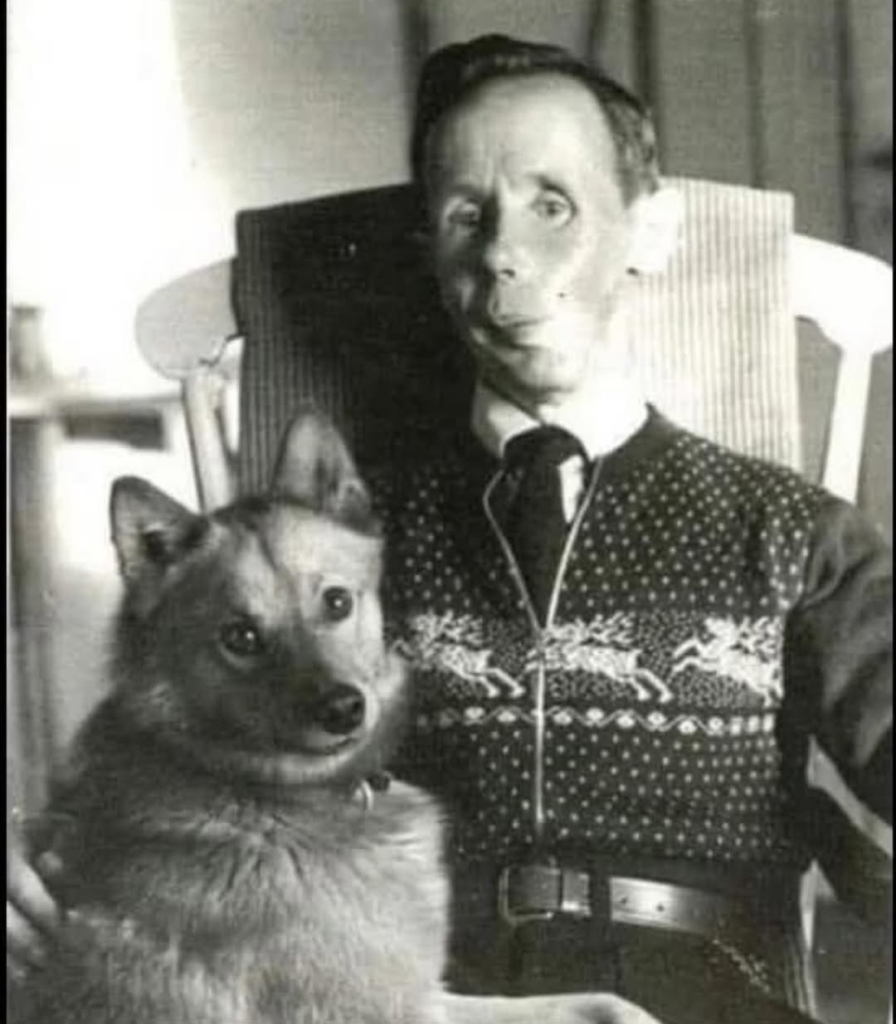In the stillness of a snow-blanketed forest, a man stands quietly, barely more than five feet tall — a simple figure in white, beside his loyal dog. In that one moment, captured in the 1940s, one might see only a farmer, a hunter, a face masked by snow. But behind the calm lies a legend whose ghost still haunts the silent woods of memory.
A Gentle Beginning, a Fierce Resolve
Born in the rugged, forested lands of Finland, Simo Häyhä lived a life of routine — farming, hunting, and embracing the quiet rhythms of rural life. He was known in his community as quiet, unassuming, and deeply connected to nature. He understood snow, wind, cold — the language of the land. And yet, when war came, this tranquil man would transform into its most chilling instrument.
In late 1939, as winter’s bite set in, the Soviet Union launched a massive invasion into Finland, pushing pressure on a small nation under immense odds. The Finnish forces were outgunned and outnumbered in many sectors. But they had something the invaders did not — intimate knowledge of the frozen landscape, and men willing to become its hidden wraiths.
Simo Häyhä answered the call. He put aside his everyday life and embraced a new existence — silent, hidden, deadly.

Becoming “The White Death”
Simo’s transformation was not instantaneous. He trained, he planned, he adapted. But the turning point came when he donned pure white clothing, merged with the drifts and shadows that spread across forests and hills. He rejected the use of telescopic sights — believing any glint or reflection might betray his position — and instead relied on iron sights, instinct, and absolute patience.
By staying low to the ground, crawling across snow, pressing his rifle close to his body, and breathing only when absolutely necessary (sometimes even kissing snow to muffle exhalation), he became nearly invisible. For his enemies, the forest became haunted — they could not see who fired, or from where. The cold seemed to bear weapons; the silence itself seemed to shoot.
Over the span of fewer than 100 days, Häyhä is credited with eliminating 500 enemy soldiers. Critics and defenders still debate the precise numbers, but the consensus is clear: he was unmatched. His reputation grew — whispered in trenches and command posts. They called him “The White Death.” Desperate counter-measures were deployed: patrols, artillery, counter-snipers. None could find him.
The Shot That Almost Ended Everything
Then, with the war nearing its end, fate intervened. A bullet struck Simo through the jaw. The wound was grievous, and for a while, he lay buried by the very snow he’d used as cover, presumed dead by many. But deep beneath the silence, life remained.
Someone noticed a faint twitch in his foot. He was rescued, carried from the cold, and slipped into a coma. For days, the man who had stalked enemy lines in near invisibility hovered between death and survival.
When he awakened, his face had been shattered. The injury left him permanently disfigured. Yet his spirit — though tested — remained intact. Instead of harnessing the fame that many expected, he did the opposite: he receded.
Return to Quiet, Legacy in Shadows
After the war, Simo Häyhä returned to his land, his farm, his forest. He told few stories, offered little explanation, and refused accolades. When asked about his wartime acts or the nickname that followed him through history, he often replied simply:
“I did what I was told, as well as I could.”
That modest sentence belies the gravity of what he achieved. A man who turned snow and shadows into weapons, who fought unseen for a nation’s survival — and then vanished into silence.
Today, his legacy remains haunting. He is remembered not for boasting, but for his precision, endurance, and the strange quiet terror he became. In the drifting whiteness of winter forests, his legend lingers — a reminder that the smallest figure can cast the longest shadow.